Stanford Study: Stem Cell Therapy Shows Promise in Alzheimer’s Treatment
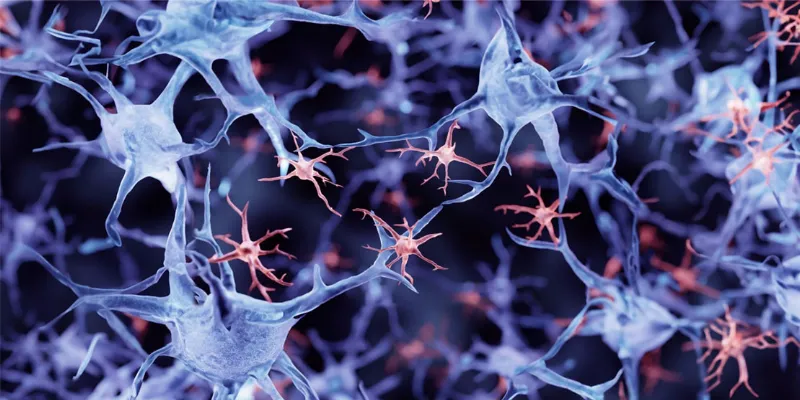
26 September 2023
In a study recently published in the journal Cell Stem Cell, Stanford Medicine scientists successfully used stem cell therapy to reduce signs of Alzheimer’s disease in mice. The research focused on the role of the TREM2 gene in microglia, which is linked to Alzheimer’s risk, representing a significant step towards developing treatments for the disease by restoring microglial function.
Alzheimer’s disease, a form of dementia, has long puzzled scientists, with its causes and development still not fully understood. The majority of treatments to date have aimed at clearing the buildup of amyloid plaques in the brain, a common feature in Alzheimer’s patients. However, it remains unclear whether these plaques are a symptom or a direct cause of the disease.
This innovative study, sheds light on the significant role of microglia in preventing neuron degeneration. Microglia serve as the brain's first line of defense, protecting cells and removing waste. Notably, certain genetic variations in microglia, particularly in the TREM2 gene, have been linked to an increased risk of Alzheimer’s.
“Certain genetic variants of TREM2 are among the strongest genetic risk factors for Alzheimer’s disease. This cell therapy approach is unique in the field because most researchers are working to find pills or injectables to treat Alzheimer’s disease,” stated Marius Wernig, MD, PhD, a professor of pathology and a researcher at the Stanford Institute for Stem Cell Biology.
In the study, mice with a defective TREM2 gene received transplants from mice with normal TREM2 function. Remarkably, the transplanted cells not only integrated into the recipients’ brains but also behaved like healthy microglia, leading to a reduction in amyloid plaques and other disease markers. “We showed that most of the brain’s original microglia were replaced by healthy cells, which led to a restoration of normal TREM2 activity,” explained Wernig.
Subsequently, the team investigated whether restoring TREM2 activity would improve the brain health of the TREM2-deficient mice. They observed a restoration of microglial function and a reduction in other disease markers, indicating that restoring the function of this single gene had widespread positive effects.
Despite the promising results, the researchers caution that the newly formed microglia were slightly different from the natural ones, potentially leading to unforeseen effects. Nonetheless, advancements in stem cell transplant methods are underway, potentially paving the way for safer treatments.
This pioneering research, supported by various foundations and awards, represents a significant stride towards understanding and treating Alzheimer’s disease. By focusing on restoring microglial function, scientists are exploring a rational therapeutic approach that could eventually benefit millions suffering from this neurodegenerative disorder.
Abstract of the research
A cell therapy approach to restore microglial Trem2 function in a mouse model of Alzheimer's disease
Abstract: Alzheimer's disease (AD) remains one of the grand challenges facing human society. Much controversy exists around the complex and multifaceted pathogenesis of this prevalent disease. Given strong human genetic evidence, there is little doubt, however, that microglia play an important role in preventing degeneration of neurons. For example, loss of function of the microglial gene Trem2 renders microglia dysfunctional and causes an early-onset neurodegenerative syndrome, and Trem2 variants are among the strongest genetic risk factors for AD. Thus, restoring microglial function represents a rational therapeutic approach. Here, we show that systemic hematopoietic cell transplantation followed by enhancement of microglia replacement restores microglial function in a Trem2 mutant mouse model of AD.


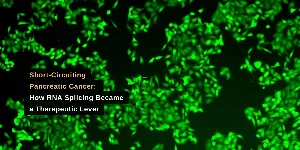

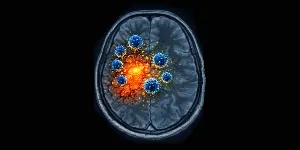
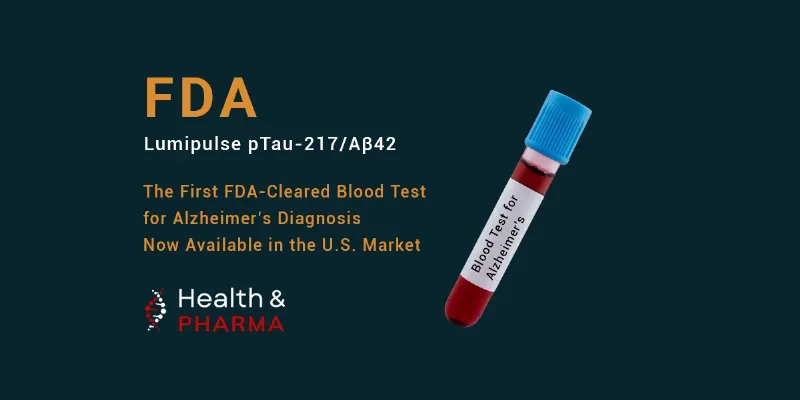


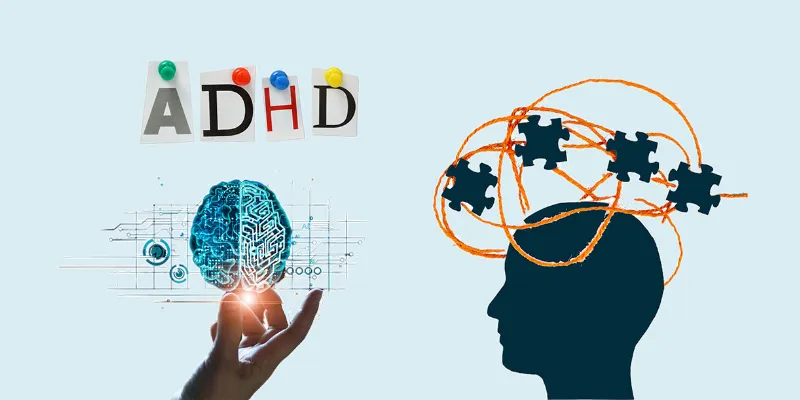

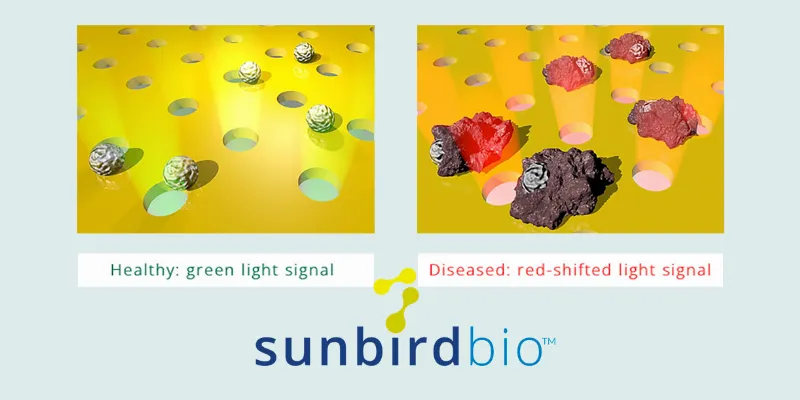
Comments
No Comments Yet!